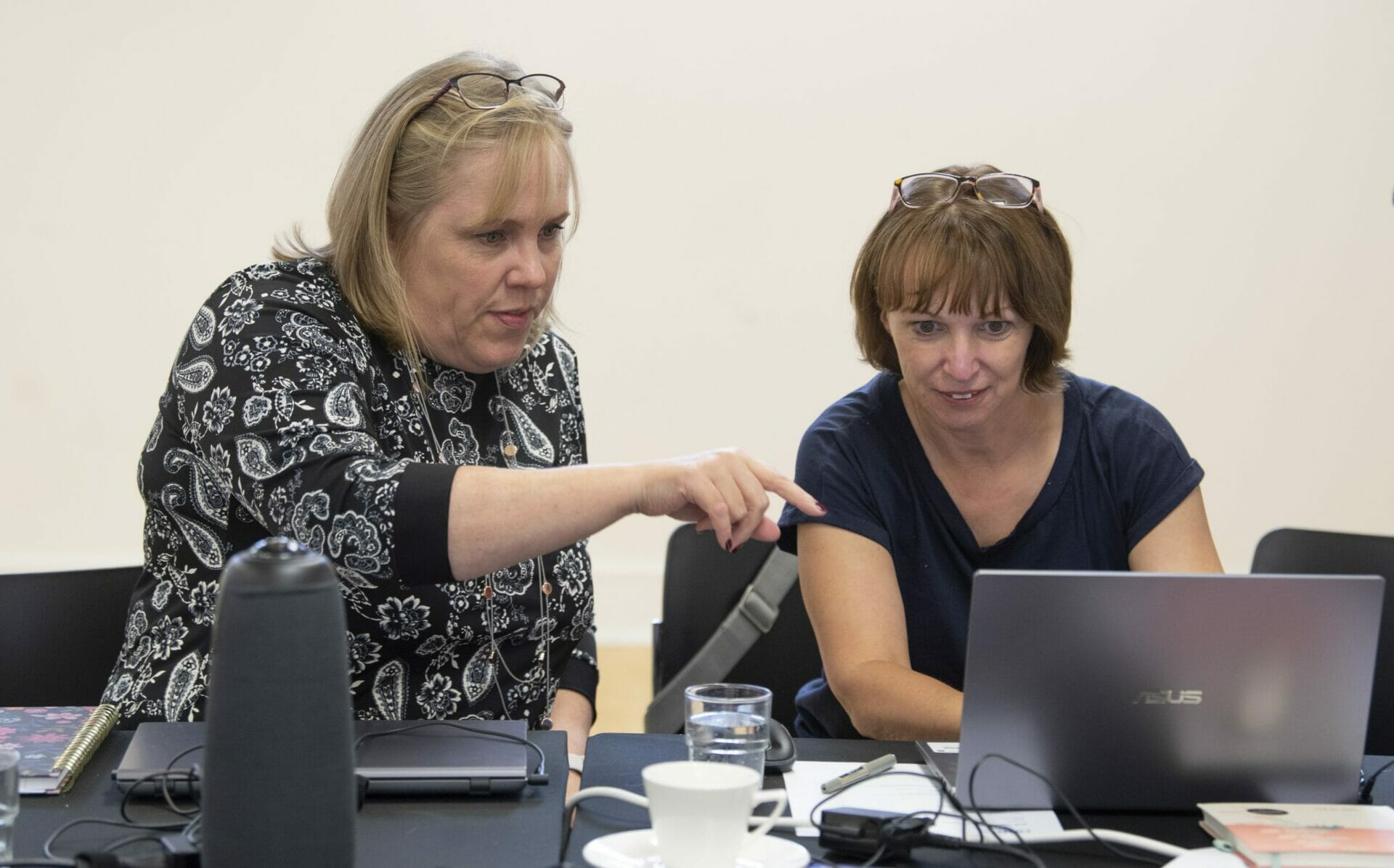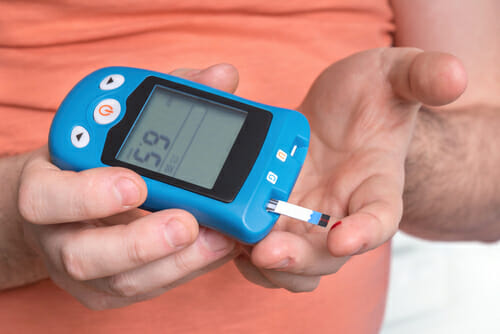Theme Lead: Professor Spiros Denaxas
Large-scale cardiovascular research relies on reusable and standardised disease definitions that can be applied across datasets to ensure consistency and reproducibility. By developing, validating, and sharing phenotyping algorithms, we enable researchers to harness routine health data for more accurate, efficient, and impactful studies.
What we do
We support the research community by developing, validating, and sharing cardiovascular disease definitions that are consistent, reusable, and accessible. Through collaboration with clinicians, data scientists, and researchers, we’re working to create robust phenotyping algorithms and best-practice frameworks that enhance cardiovascular research.
Key areas of work
Establishing best practices and standards
We’ve worked with researchers and clinicians to define best practices for creating, storing, and sharing phenotyping algorithms using electronic health record (EHR) data. Our white paper outlines key recommendations to ensure that phenotyping algorithms are findable, accessible, interoperable, and reusable, meeting the needs of the cardiovascular research community.
We have developed guidance for researchers on phenotyping.
Making disease definitions available for researchers
We work with experts to develop validated phenotyping algorithms, many of which have emerged from research projects within CVD-COVID-UK. These definitions are now openly available in the BHF Data Science Centre Phenotype Library, which includes over 90 cardiovascular phenotypes, covering:
- Core cardiovascular diseases
- Medications
- Comorbidities (e.g., COVID-19)
- Risk factors
Access the BHF Data Science Centre collection in the Library here.
Developing frameworks and tools for phenotype creation
We’ve established a framework for building and applying phenotyping algorithms, ensuring consistency across research studies. This approach has been successfully used in collaboration with our clinical trials work in the SCORE-CVD project, which defines clinical trial outcomes in cardiovascular research. If you’re interested in finding out how you could apply this framework in your own research, please contact us.
We’ve also developed a code list comparison tool to help researchers:
- Compare different phenotyping algorithms
- Assess code variations between datasets
- Select the most suitable algorithm for their study
Assessing phenotyping algorithms and datasets
We systematically evaluate the accuracy and completeness of cardiovascular event recording and outcomes in different datasets. Our initial analysis focused on the Sentinel Stroke National Audit Programme (SSNAP) dataset, comparing stroke event data with electronic health records.
This research (manuscript in preparation) highlighted important variations in stroke event recording, demonstrating how linked data can improve stroke measurement and healthcare quality assessment at a lower cost. Our next focus is heart failure phenotyping.
Generating population-wide insights on cardiovascular diseases
We are working to define and provide information on cardiovascular diseases within the Disease Atlas, an ambitious project leveraging health data from 56 million people to generate new insights into diseases.
This work could change the way we think about and research diseases, and aims to:
- Provide comparative insights into cardiovascular health across different populations
- Inform policy and healthcare practices
- Unlock new opportunities to improve patient outcomes
Enhancing international research collaboration
We’re making it easier for researchers to compare cardiovascular studies across countries by:
- Collaborating with global leaders, such as Vanderbilt/eMERGE/All of Us
- Standardising cardiovascular phenotype definitions between UK Biobank and Germany’s NAKO study
Areas of work
Find out more about our data-led research.

Whole Population Data
We aim to improve access to and use of high-quality, linked health datasets covering entire populations across the UK.

Enhancing Cohorts
We’re working to accelerate health data research by making it easier, faster, and more secure to link data from clinical cohorts with routine health records. This approach will help researchers uncover new insights into disease causes, progression, and treatment, improving patient care and outcomes.

Data Enabled Clinical Trials
By integrating routinely collected NHS health data into clinical trials, we’re helping researchers recruit participants more effectively, reduce administrative burdens, and generate real-world evidence that can lead to quicker, more impactful advances in cardiovascular care.

Imaging
Cardiovascular imaging research has the potential to transform disease diagnosis, risk assessment, and treatment. This area aims to improve access to imaging data linked to health-relevant datasets across the UK, enabling innovative research and improving patient outcomes.

Smartphones and Wearables
We’re working to unlock the potential of smartphone and wearable data to discover new ways to prevent, diagnose, and treat cardiovascular disease, by establishing secure access to and fair use of smartphone and wearable data linked to healthcare records.

CVD-COVID-UK / COVID-IMPACT
CVD-COVID-UK/COVID-IMPACT is a major research programme coordinated by the BHF Data Science Centre, bringing together a consortium of over 400 researchers across more than 50 organisations. The programme enables analysis of pseudonymised, linked, nationally collated healthcare datasets across the UK to investigate the relationship between COVID-19 and cardiovascular disease, as well as its impact on other health conditions and risk factors.

Diabetes Data Science Catalyst
This exciting partnership between the BHF Data Science Centre, Diabetes UK and HDR UK aims to develop improvements in our understanding of the link between cardiovascular diseases and diabetes.

Stroke Data Science Catalyst
A partnership between the BHF Data Science Centre, the Stroke Association, and HDR UK, using data to drive research into stroke prevention, treatments, and care.

Kidney Data Science Catalyst
This partnership between the BHF Data Science Centre, Kidney Research UK and HDR UK will enable researchers to securely access, link and analyse existing UK health data, speeding up the search for better kidney and cardiovascular disease prevention, treatments, and care.